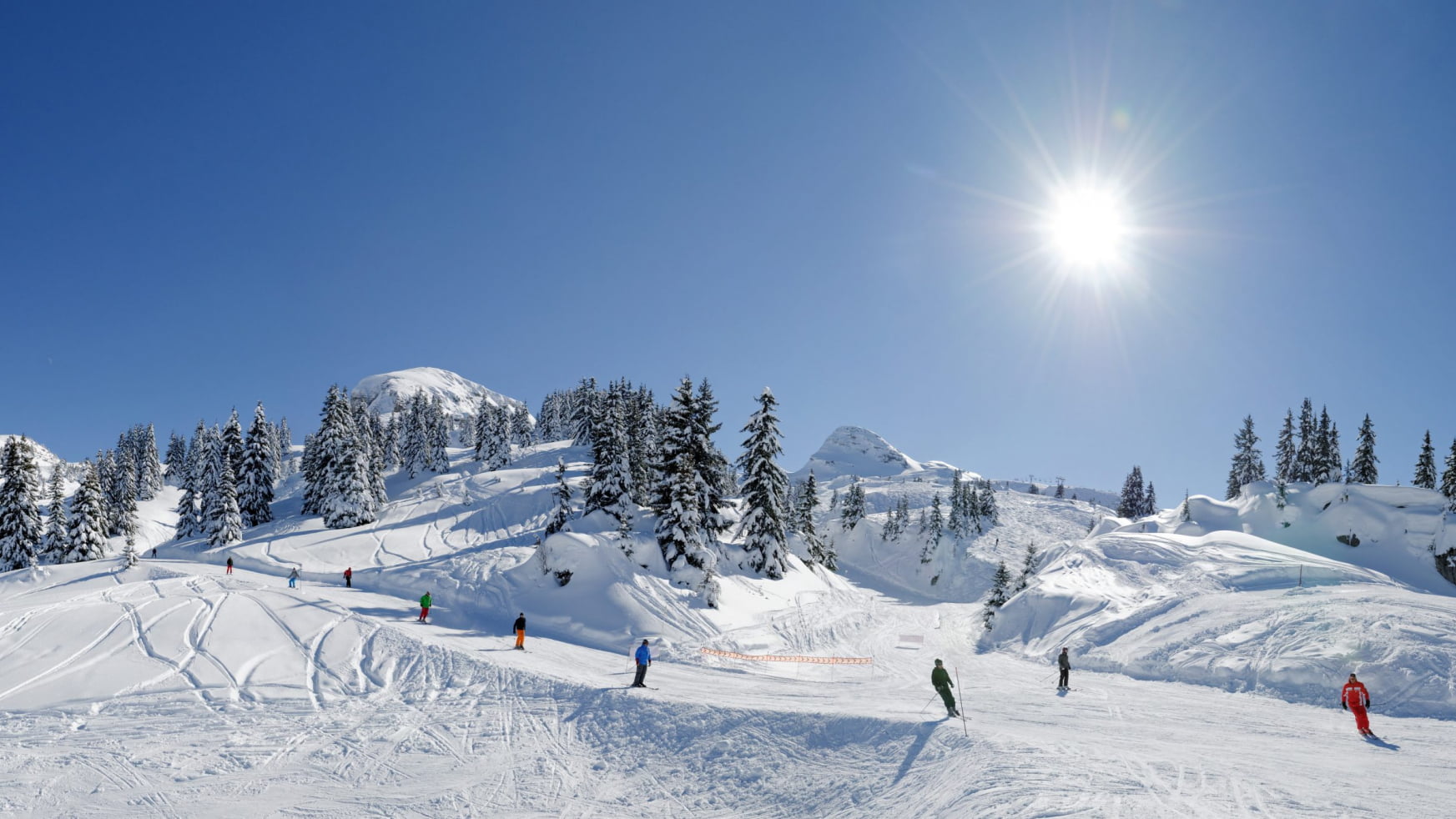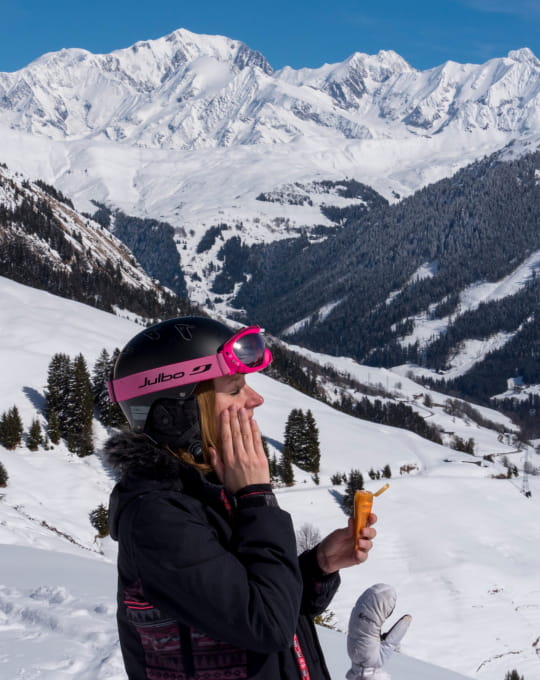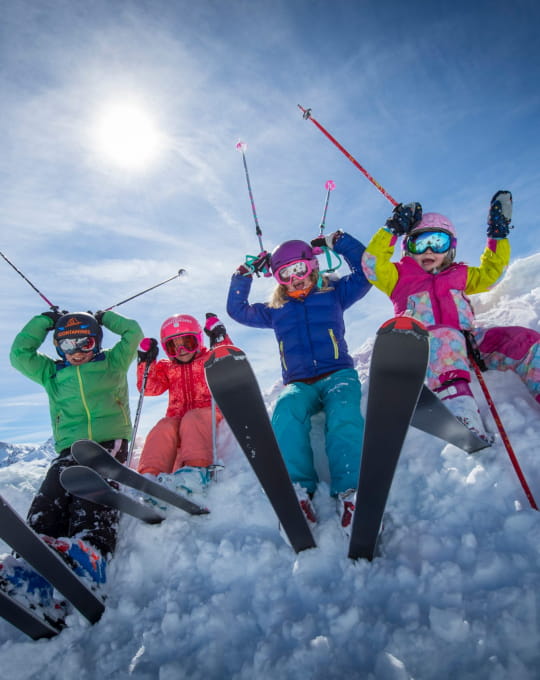Sun protection on the slopes

Protecting your skin
It is important to cover your face with a good layer of sun cream, focusing particularly on your nose and lips. You should do this several times a day.
Opt for high (factor 30-40) or very high (factor 50+) protection. “Your sun cream needs to filter out both UVB rays, which cause sunburn, and UVA rays, the more deceptive ones, which cause skin to age,” points out Carole Vallée, founder of the local Tingerlaat brand, which makes sunscreen for extreme sports.

Manufacturers have come a long way in developing nicer textures and more practical packaging. Pocket-sized bottles are now widely available and easier to whip out even with gloves on!
One piece of advice: tubes and pots of cream often become a breeding ground for germs, so go for a pump dispenser instead which is more hygienic (as no air gets in) and above all more economical (because it gives you the right dose!).
Did you know?
The capacity of our eyes and skin to resist sun damage is limited, so it is vital to protect them. All the more so in the mountains, where UV rays are more damaging than elsewhere. For every 1000 m in height gain, the concentration of the sun’s rays increases by 10%. In addition, snow reflects 85% of the sun’s rays, compared to 20% for sand and 10% for water.

Mind your eyes
It’s the same thing for your eyes! Make sure you wear sunglasses which offer maximum protection, filtering out all UVA and UVB rays. Snow blindness is something you want to avoid. While this sunburn to the eyes may not be serious, it can nevertheless be painful. Repeated occurrences can cause damage to the cornea, especially in children.
The French National Sight Awareness Association (Asnav) recommends that skiers use full-cover sunglasses which are the right shape for their face. Ski masks are often better for children, as they tend to stay on better and are less easily lost than a pair of sunglasses.
Lenses should offer category 3 or 4 protection, and contain the CE marking, ensuring a minimum level of quality and safety. So, have no qualms about banishing any costume sunglasses picked up at your local pound shop.
Manufacturers have spared no expense over recent years to ensure their designs offer as much style as they do protection. You may end up looking as good as our skiing heroes!
